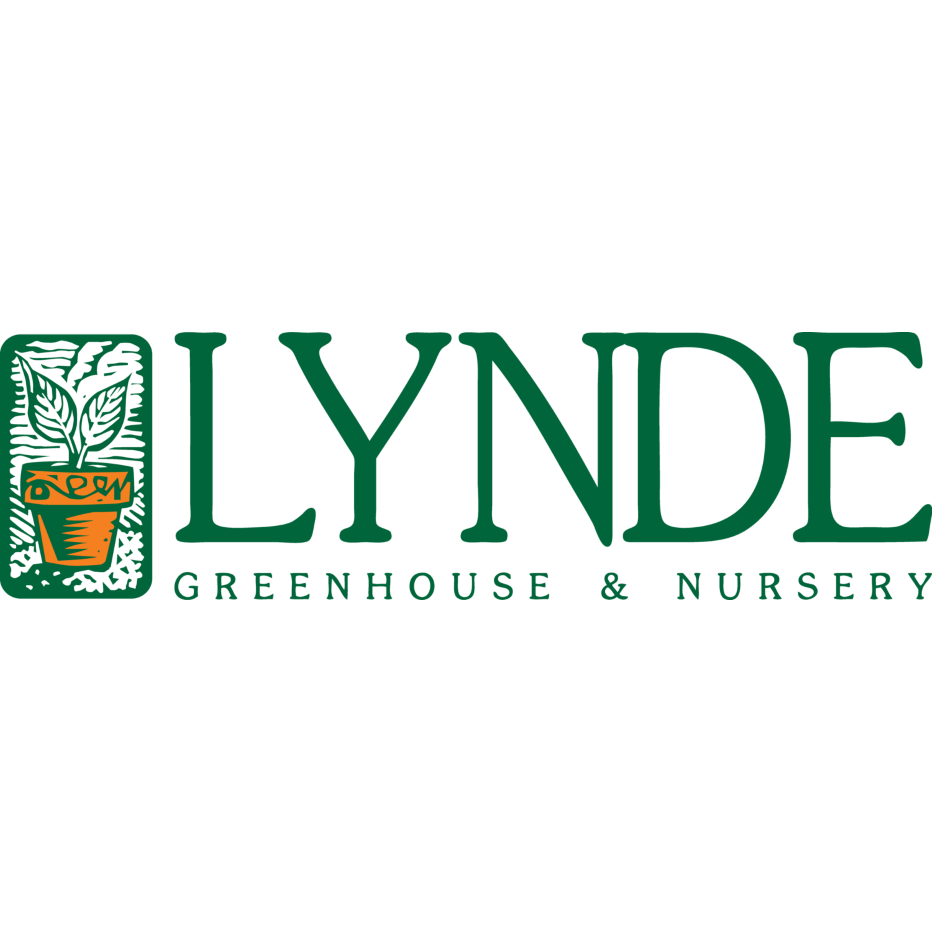
Lynde Greenhouse & Nursery and Landscape Design
1 / 8
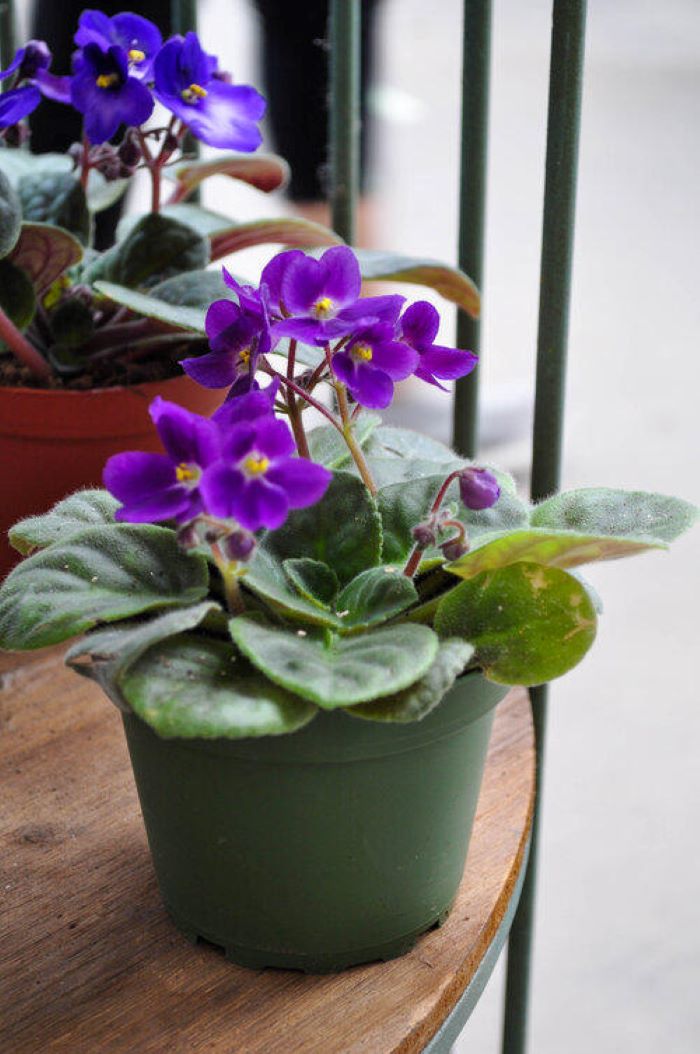
As the weather starts to warm up this week, it is hard not to get excited about planning for Spring and wanting to buy flowers. But Mother Nature can change on a whim, especially in Minnesota. Whether you are excited about outdoor annuals or perennials or working in more houseplants into your collection, there are many ways to incorporate plants into your life.
2 / 8
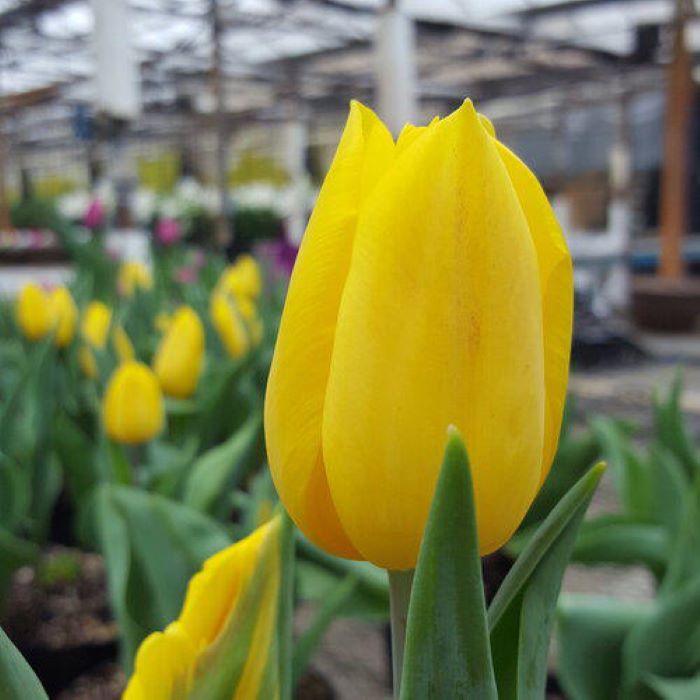
Houseplants are a great way to continue your gardening passion when the weather is still too cold out. Green foliage plants are always a welcome sight in a home when there is so much snow outside. As the days become longer and there is more sunshine throughout the day, blooming plants are a warm welcome, adding color along the way.
3 / 8
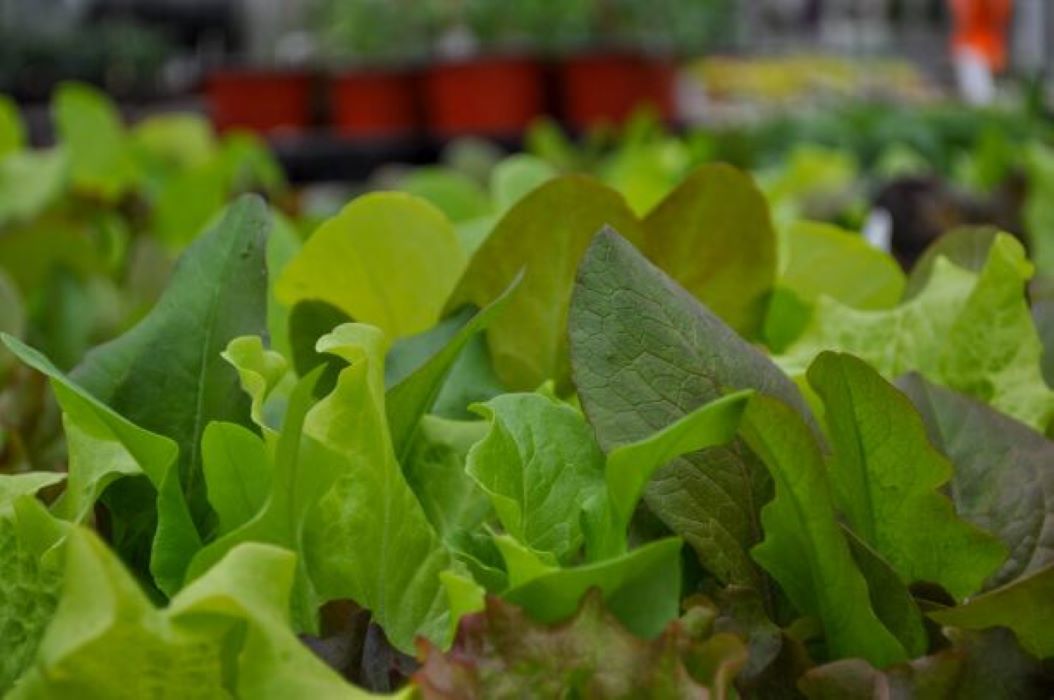
Know when to start your vegetables! 6-9 weeks before the last frost: Celery, peppers, eggplants, tomatoes, lettuce, and melon are vegetables that need to be started about 2 months before the last frost date because of their maturity rate. These plants can also be bought as starter plants in our garden center and can be transplanted directly into your garden, except for celery and melon.
4 / 8

Even if you love simple flowers for your home, we have it all! Stop my today at Lynde Greenhouse & Nursery to see all of our perennials, including our shasta daisies.
5 / 8

Are you looking for some new beautiful shrubs for your home? Lynde Greenhouse & Nursery can help! We offer many different plants in many different sizes and colors.
6 / 8

Looking for shrubs with brighter colors? Come to Lynde Greenhouse & Nursery and pick out your very own! We have all of the options you are looking for.
7 / 8
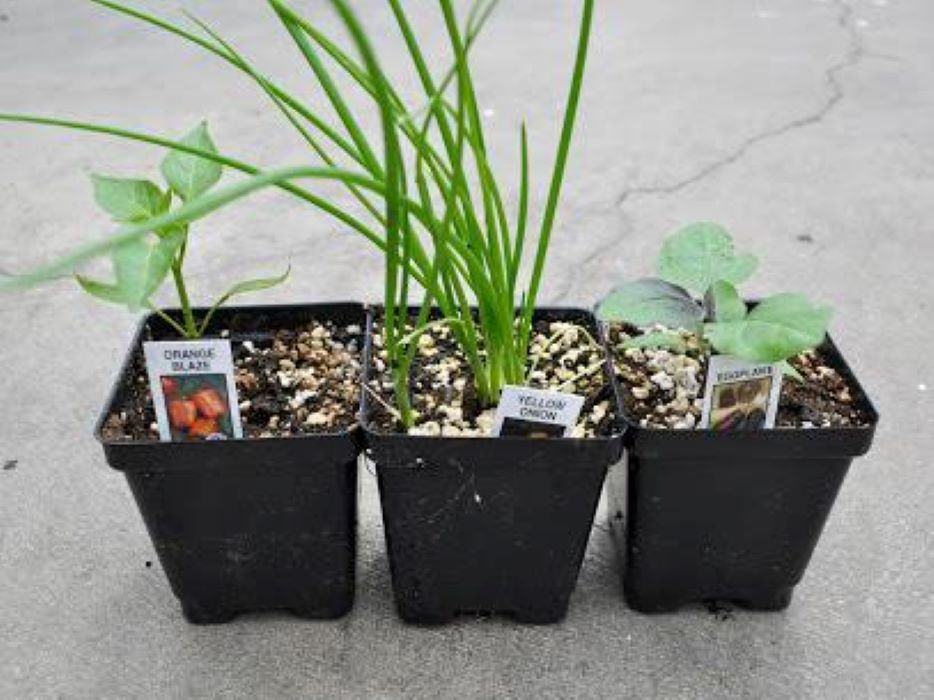
Watch the forecast and hope for warmer weather. Vegetables like beans, asparagus, beets, carrots, cucumbers, kale, lettuce, pumpkin, watermelon, onions, peas, potatoes, radish, rhubarb, spinach, and squash can all be planted directly into the garden given they have a maturity rate that fits within our summer growing season. You can, of course, start any of these by seed indoors, but it is not a requirement. Cucumbers, lettuce, pumpkins, watermelon, onions, and some squash can be bought in the garden center as starter plants and transplanted directly into your garden.
When it comes to starting vegetable gardens the weather is a huge factor for the success of a crop. Be sure to watch overnight temperatures before you plant. However, we don’t always know what mother nature is going to do, so there are ways to help protect your plants from a frost if need be.
The best way to protect your veggies from frost is to insulate or cover them creating a temporary pocket of warmer air until temperatures increase. Use bamboo stakes or half hoops to create a structure making sure your plants don’t get crushed and to create space for air circulation. Use a bed sheet, drop cloth, a light blanket, or plastic sheets to create a suitable cover.
8 / 8

Know when to start your vegetables! 10-12 weeks before the last frost: Brussel sprouts, leeks, broccoli, artichokes, and onions are vegetables that need to be started the earliest. These veggies take the longest to mature which is why they need to be started sooner rather than later.